After exploring the awesome abandoned Osiris Creamery and Granary, I set my sights on an abandoned military base several hours east. I had another long drive ahead of me, but I didn't mind. It was a beautiful day and I couldn't get enough of the gorgeous scenery. Being behind the wheel on a long stretch of country road with not another soul for miles is an incredibly liberating feeling.
As I drove through the town of Antimony I spotted an interesting structure that looked like it had been built into the hillside. I pulled off the road for what would be the first of many unplanned stops.
The structure was quite different from most I'd seen before. It had sloping walls and a flat ceiling. I'm not sure why it was built that way, but there must be a good reason. I came across a handful of others with the same architecture.
I figure the shape might have something to do with wind resistance. The area experiences high winds, which caused a lot of trouble for early settlers. Structures that blended into hillsides might have proven an effective solution.
Quite a few artifacts remained inside, but I could only guess at what they were. If you have any info, please leave a comment at the end of the article.
Antimony and other towns in the region have experienced mining booms since the 1860s, and I suspect this building was used as part of a mining operation.
The equipment pictured below looks like it might have been used for separating ore.
[Edit: Thanks for everyone who commented here and on my Facebook page. The consensus seems to be that these buildings and equipment were used for sorting, packaging, and storing potatoes, which were a major crop in the area. The roofs were covered in earth to insulate the buildings and better preserve the potato crops.]
There were several old washing machines.
And some other equipment that might have been used for storing or separating mined ore [edit: or potatoes].
A few miles down the road I came to another building of the same style.
Some of the equipment inside was similar to what I'd seen inside the first building.
In Junction, Utah I stopped to take a look at an abandoned gas station.
I was surprised to find that one of the garage doors was open.
Several vehicles were parked in the corner of the lot. I was tempted to get a closer look until an unseen dog started viciously barking. I figured the property's caretaker might be living in the little trailer, so I didn't stick around.
Across the street was another of the sloping buildings, but in much worse condition than the others I'd seen.
Most of it the equipment had been cleared out. One piece still sat outside.
Piute and Garfield County are home to many ghost towns and very old abandoned buildings. I could easily have spent the rest of the day exploring the area, but I was eager to continue my journey to the Rust Belt.
Before I left the area, I made one more stop in the town of Circleville, which I'll tell you about next week.
If you enjoyed this article, please feel free to share it on Facebook. While you're at it, please subscribe to Places That Were and follow me on my social media sites:
Facebook: http://www.facebook.com/placesthatwere
Google+: https://plus.google.com/u/0/+JimSullivanPlacesThatWere/posts
EyeEm: https://www.eyeem.com/u/placesthatwere
flickr: https://www.flickr.com/photos/placesthatwere/
Twitter: https://twitter.com/placesthatwere/
Youtube: https://www.youtube.com/jimplicit
Instagram: http://instagram.com/theplacesthatwere
Tumblr: http://placesthatwere.tumblr.com/
Thank you!


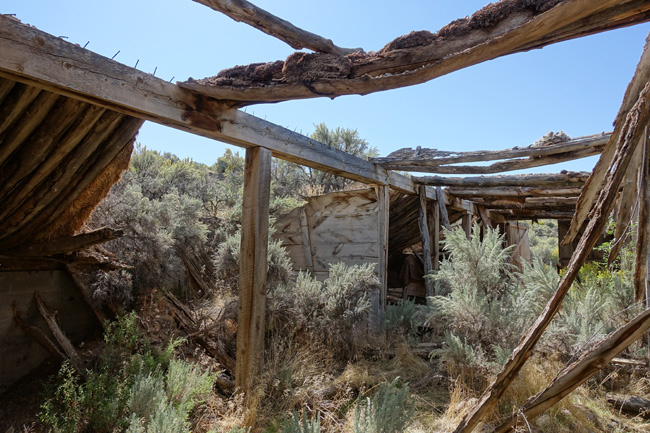

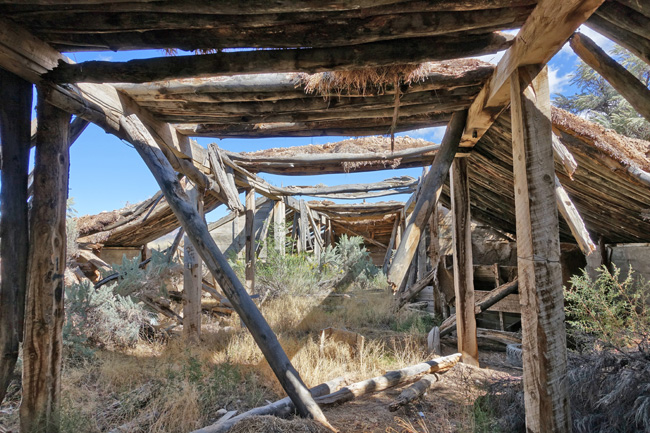
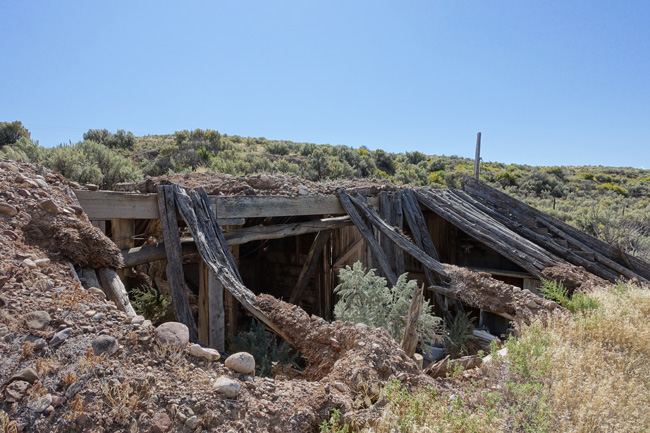
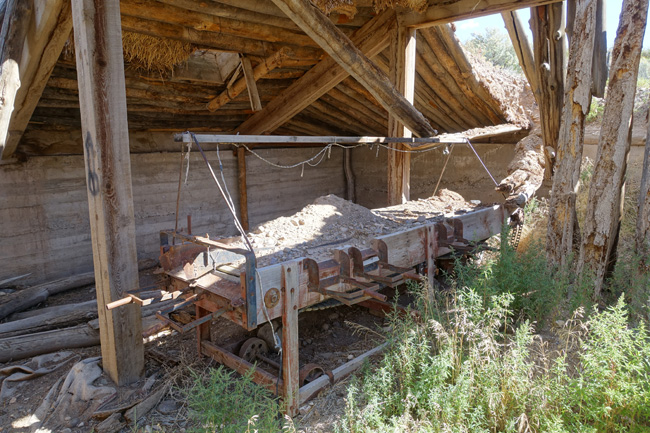




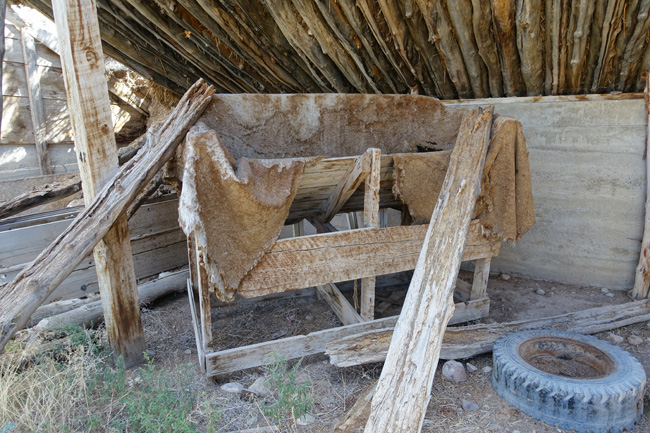
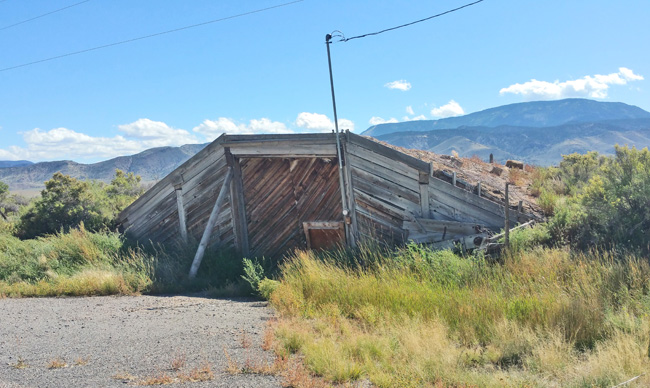
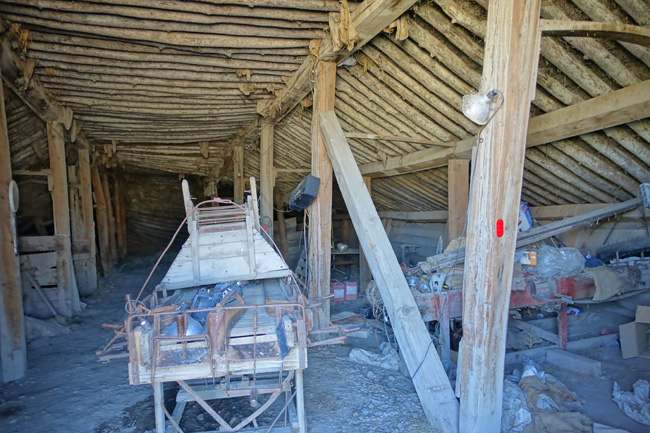
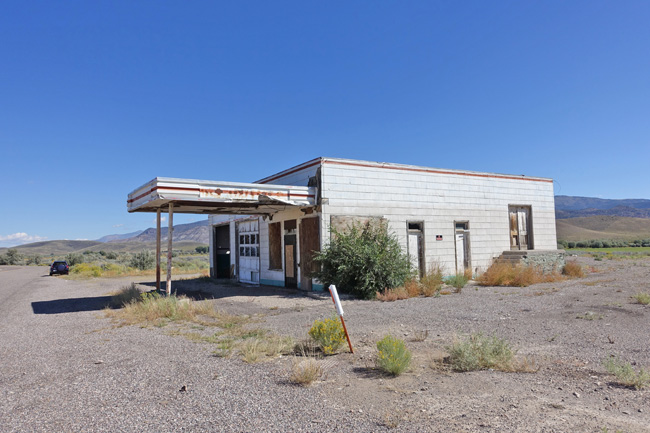

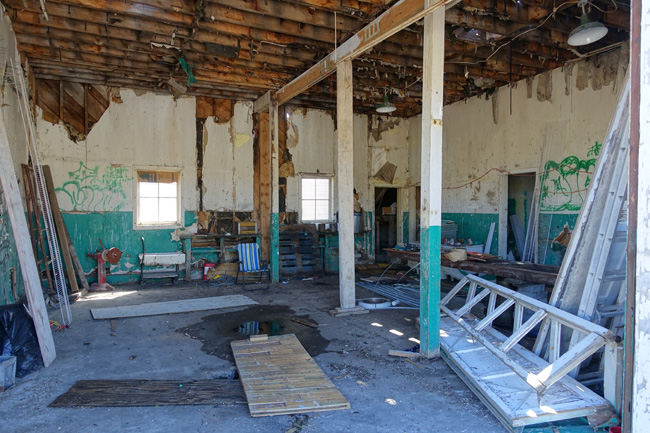



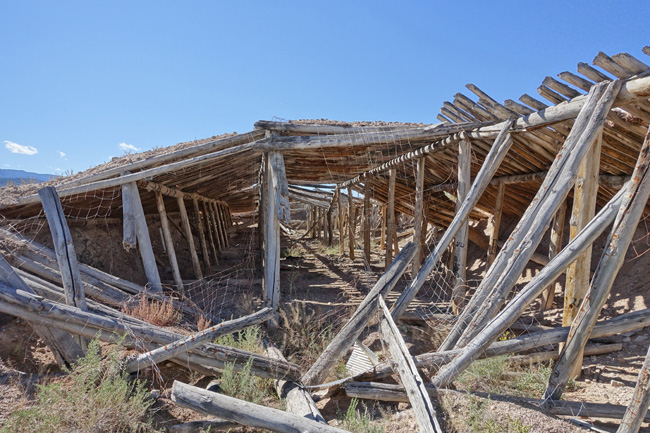
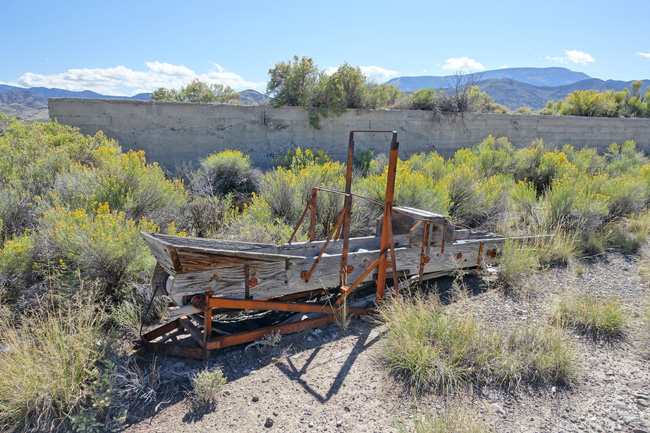

A great find. I can imagine the winds must have somehow had something to do with the way the buildings were constructed. And that double washer--so cool . Yea-I'm weird like that--haha. Though I'd plant it up with flowers!!
ReplyDeleteHave a great week
Old appliances are so neat! I could sure use a double washer (preferably something a little more modern and energy efficient). I tend to let all my laundry pile up until I've got almost a half dozen loads that need to be washed.
DeleteVintage meth lab I reckon. :/
ReplyDeleteLOL!
DeletePotato Cellar
DeleteDasil Mathews - my father-in-law was born and raised in Antimony. Utah. He is now 96 years young. I will see if i can get him to come on the sight and recognize any of this.....
ReplyDeleteAwesome! Thank you!
DeleteI always thought those were old potato cellars or crop cellars used by farmers!!
ReplyDeleteI was guessing they had something to do with mining, but it looks like I was mistaken.
DeleteI would have to agree that they are old potato cellars. My grandma was born and raised in Antimony. I grew up going there and my family still makes an annual trip to Antimony. My grandma tells us what it was like to grow up there.
DeleteI would love to hear your grandma's stories!
DeleteThese long, partially dug out buildings are what is left of the many potato cellars found in the area. In the mid 1900s, potatos were the major cash crop in Piute County. Potatos were harvested, then stored in the dark, cool buildings, until sold.
ReplyDeleteCool. Thanks for the info!
DeleteVery cool pictures. I was raised in Angle, a small town at the north end of Otter Creek Resivour. Each school day and to church on various days I would travel to Antimony. Many of the pictures you have posted are ingrained in my memory. Yes, indeed, the cellars you have captured are abandoned potato storage and processing facilities. The machinery you picture are the potato sorting and cutting stations that were used. I actually worked at these when in my youth. Keep up the excellent photography!
ReplyDeleteThank you for sharing your memories. It's great to hear from someone who lived in the area and worked in those buildings. I'm glad you like the pictures I took. Next time I'm around, I'll be sure to visit Angle.
DeleteSorry about the above post. Forgot to identify myself.
ReplyDeleteScott Jolley
I grew up in Antimony. We call those "Potato Pits". My family owned several of them. As kids, we would pick the potatoes by hand from the field. We got 8 cents a sack (50 lbs). We thought we were rich!
ReplyDelete~Charla Brindley Ricketts (Hi Scott!)
A little bit of money always felt like so much when were young. I miss that feeling!
DeleteMy family (Ancestors) were pioneers and they settled in Circleville, Kingston and Junction... Ive lived in all three. When we lived in Junction, We lived on the outskirts of town.. We had a big "Potato Pit" out back. I use to play in it. All of our family there are Mormon and they store food. In the old days the community were closer, because there were family members in all three towns. The one we had was pretty big. They were built into the ground and then totally covered up with dirt, except for the side with the door. They also had dirt packed upward on the sides the inside walls.. They would take potatoes that everyone grew and put them into the sides of the walls and whenever we wanted potatoes, Mom would send me out to the pit and I would dig up whatever we needed. It kept them cool and dry all years long. I know most of my family members were Mormon in Denmark and later came to the US and helped bring people across country to Utah. They helped people from other countries, Im sure, so I really don't which country that type of storage originated, but I know the Vikings ( where my family was from) had ways of using the the land and what around them in nature. Did you photograph Butch Cassidys house in Circleville?
ReplyDeleteIt is now 2018. I was just trying to fiND the location Antimony. As I studied the photos I also identify the structures as potato pits. We had one when I was a child in Jerome County ID. However we called them potato cellars. The structure with burlap covering part of it is an old potato cutting table, used to cut potatoes into seed spuds. I am now close to 70.
ReplyDelete